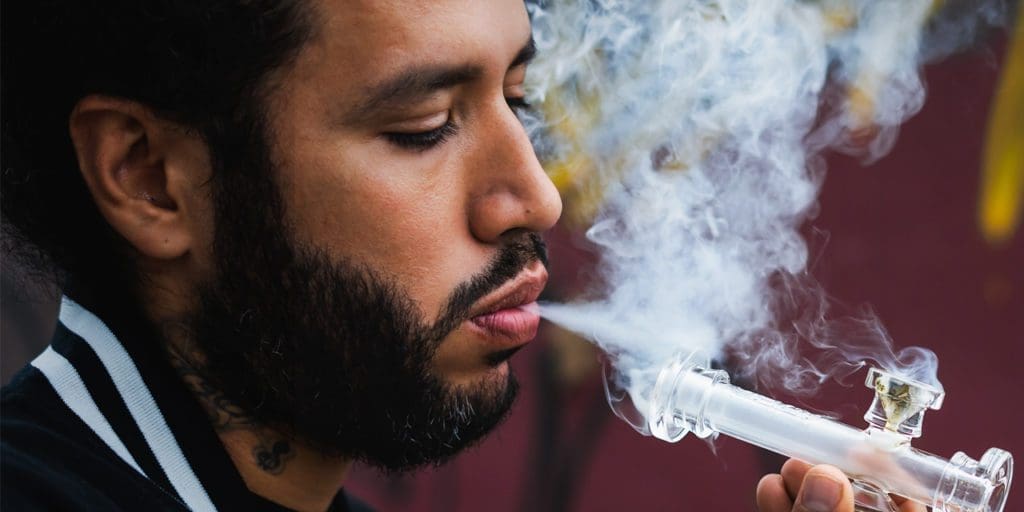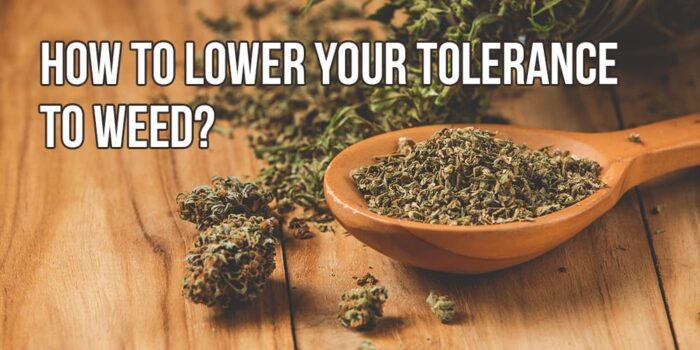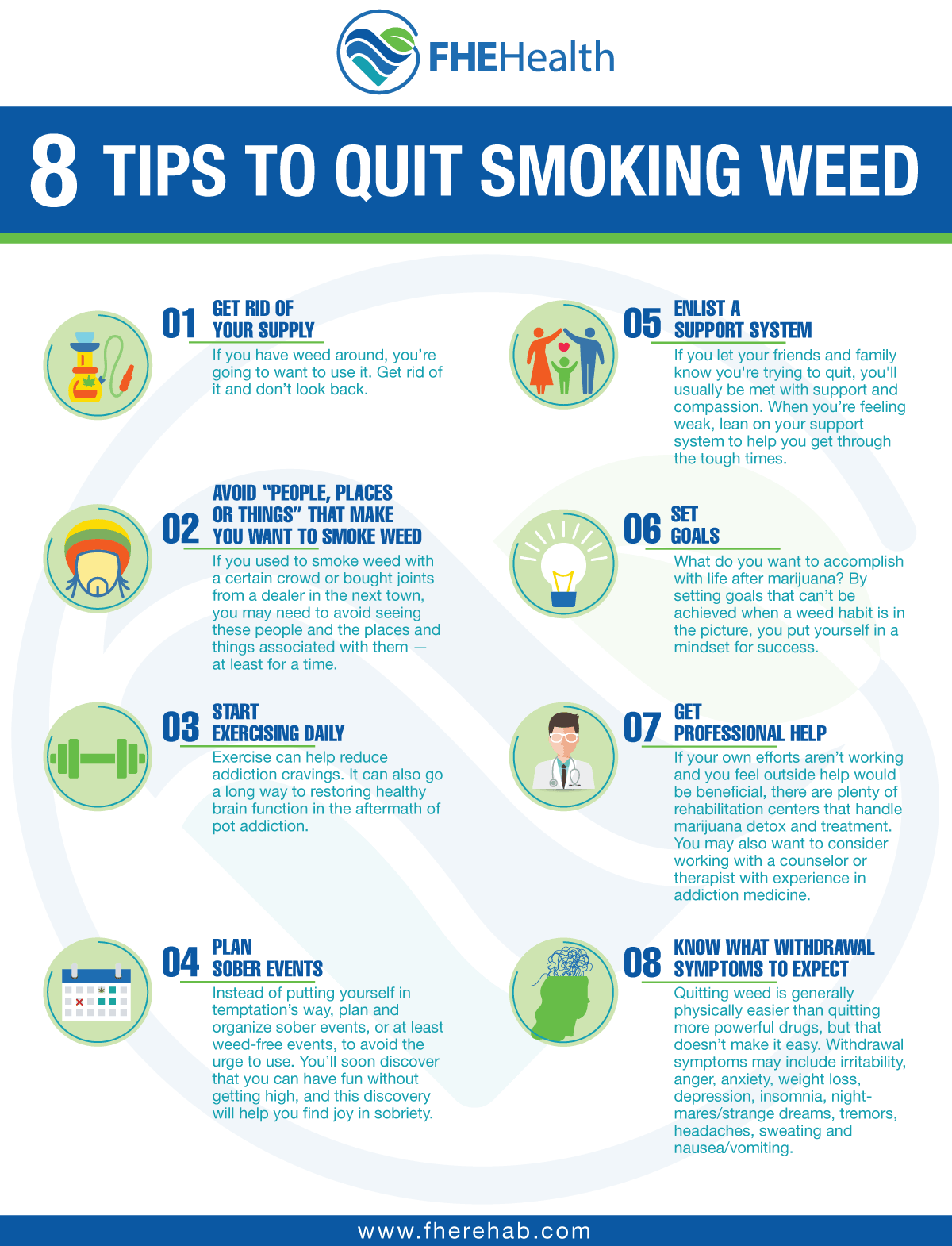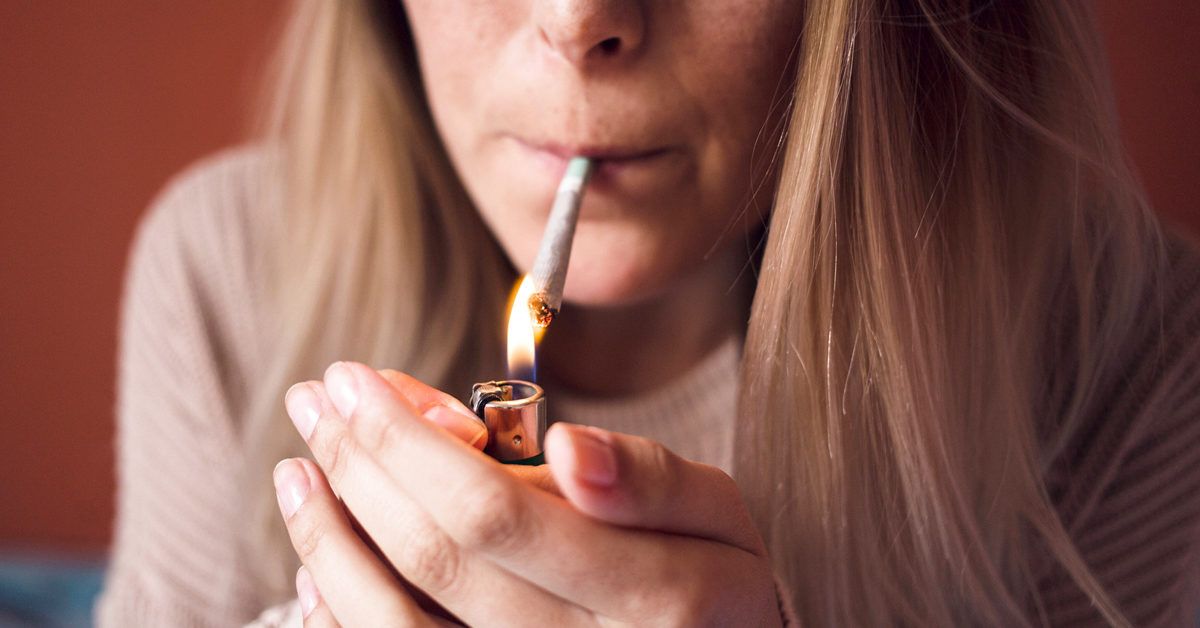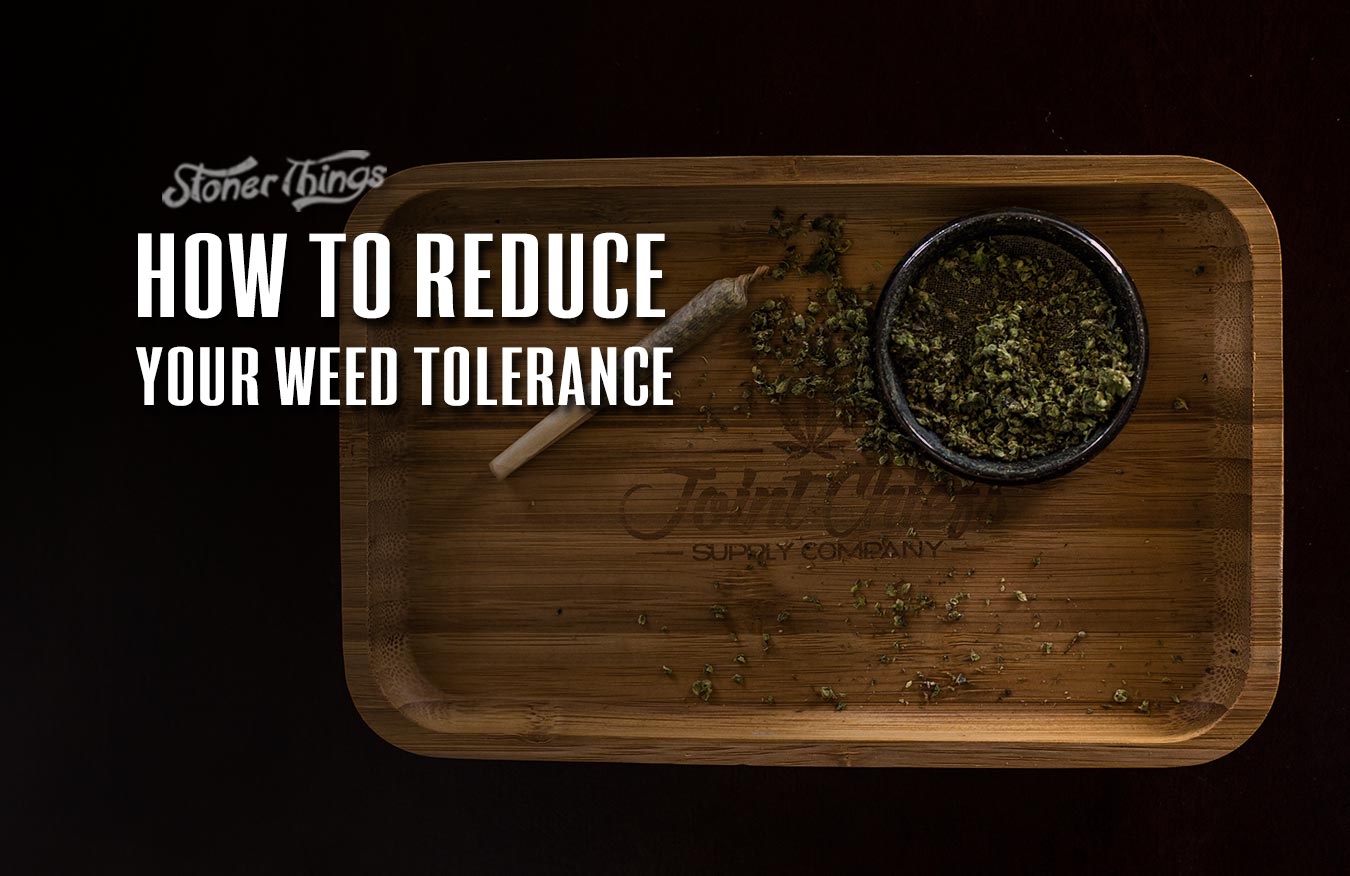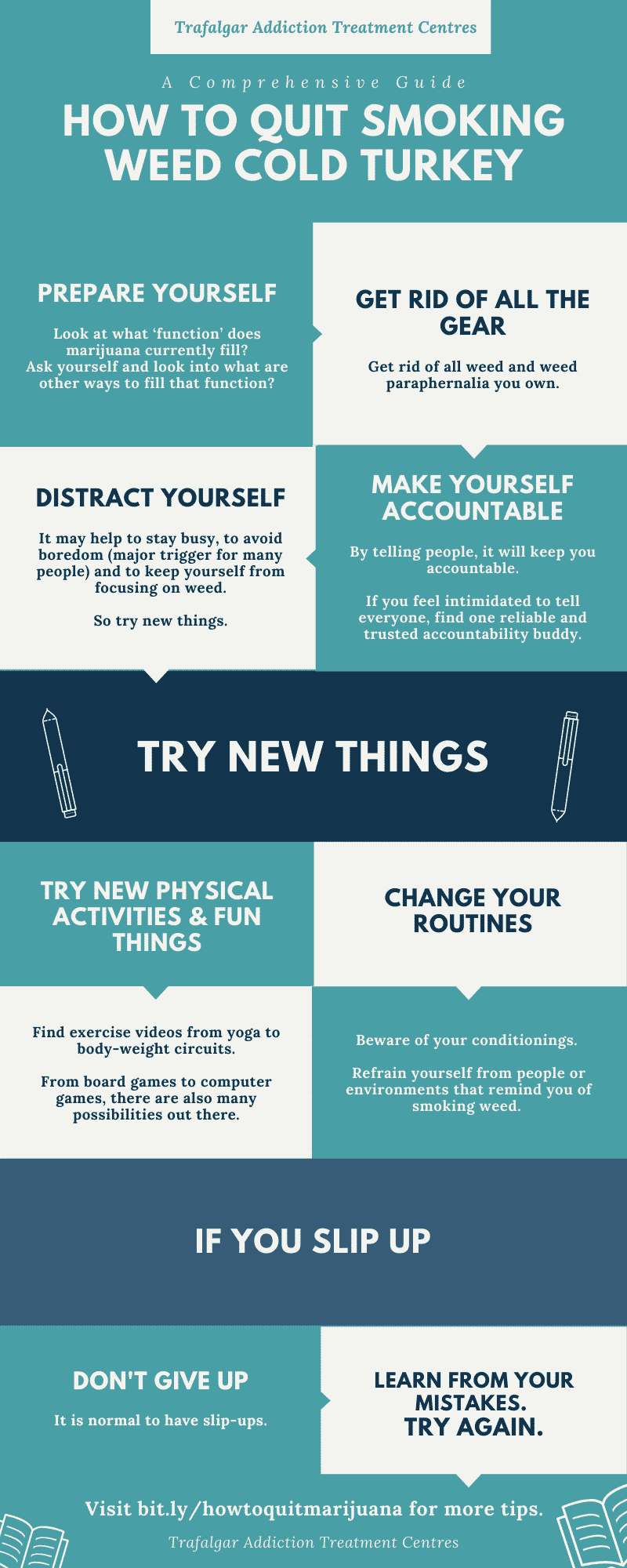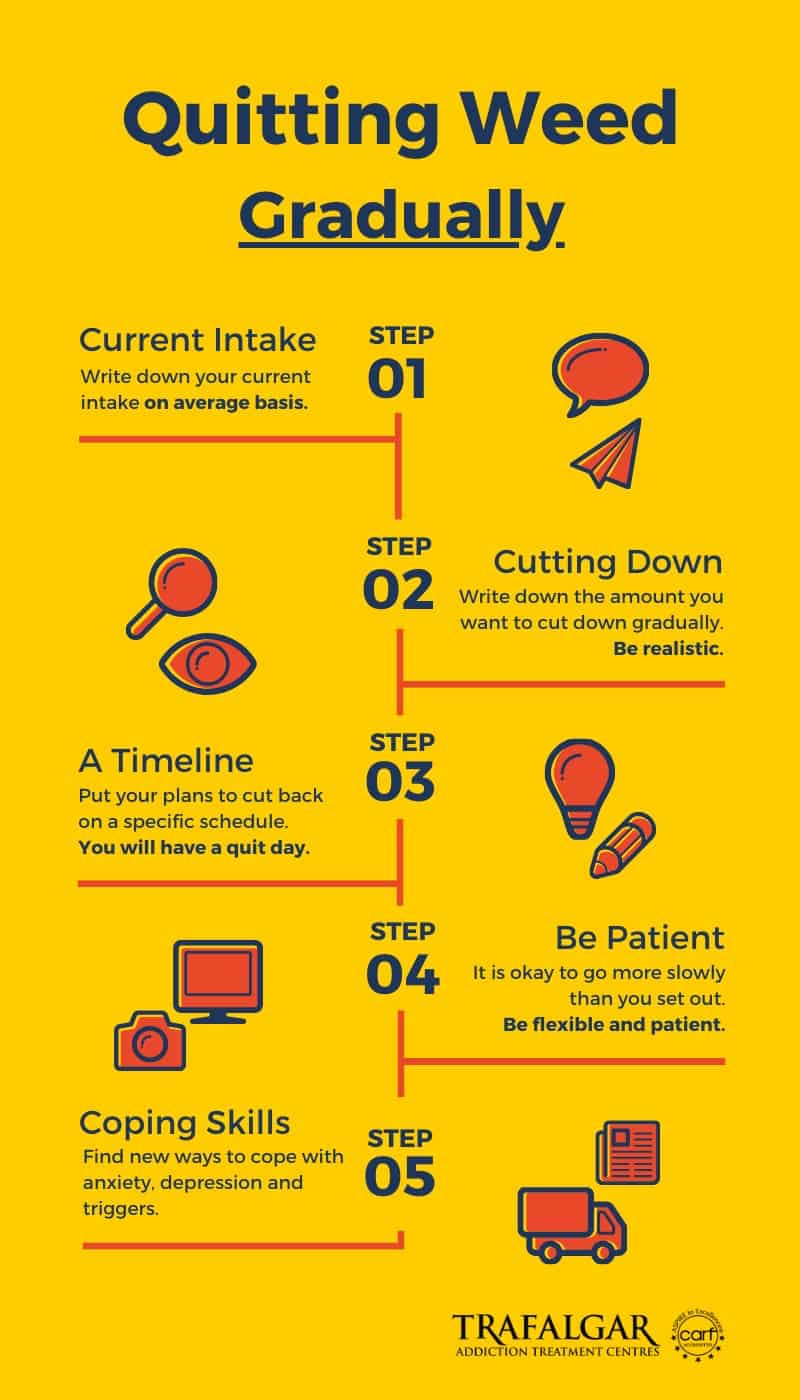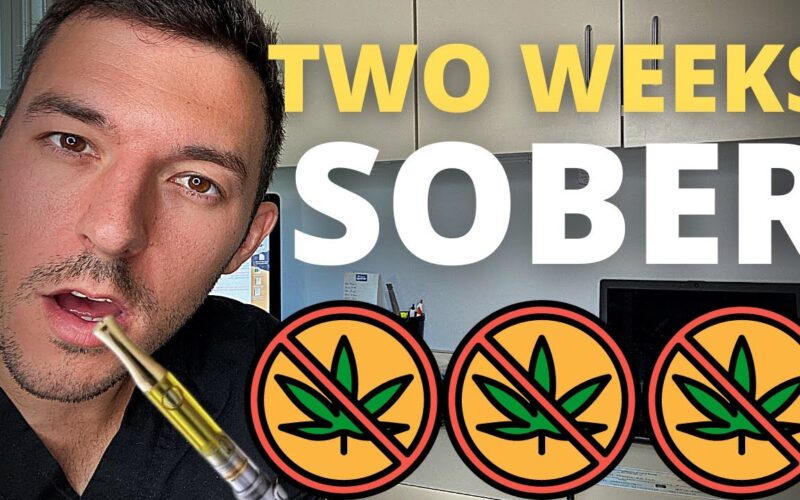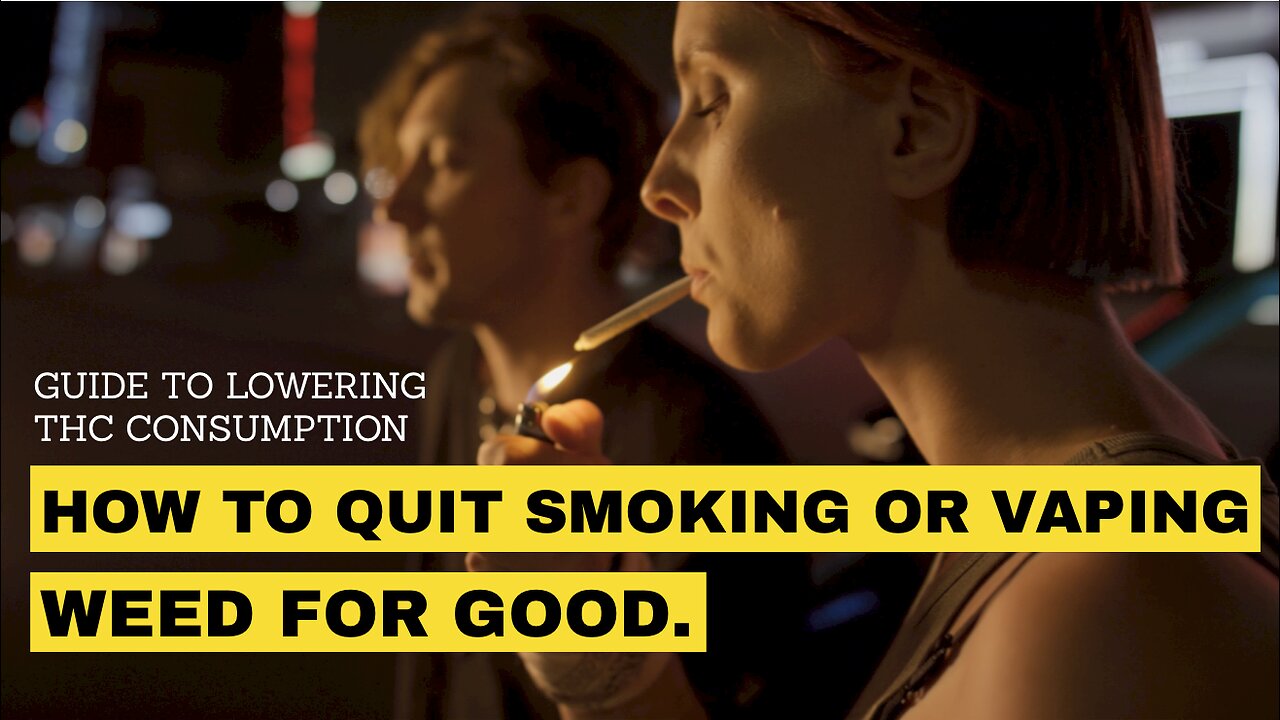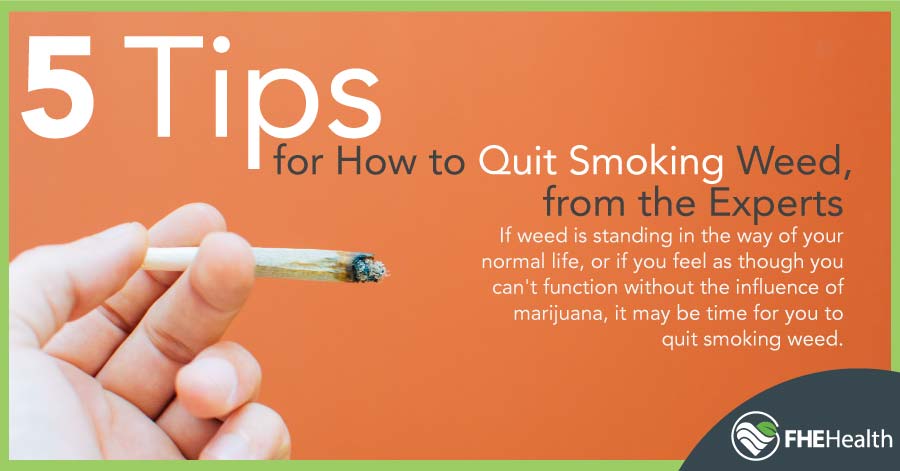How To Lower Your Tolerance For Weed Without Stopping Smoking

Is your high not hitting like it used to? You don't have to quit cannabis to lower your tolerance; strategic adjustments to your consumption habits can restore the desired effects.
This article delivers actionable methods to reduce your weed tolerance while still enjoying cannabis, focusing on immediate, practical strategies that can be implemented now.
Understanding Tolerance
Tolerance develops when your body adapts to the frequent presence of cannabinoids, like THC.
This adaptation leads to a reduced response, meaning you need more cannabis to achieve the same effects.
Receptors in the brain become less sensitive, requiring increased stimulation for a comparable high.
Method 1: T-Breaks - Modified Approach
Traditional tolerance breaks involve complete abstinence, but a modified approach allows for continued, albeit reduced, consumption.
Instead of stopping entirely, cut your intake by 50-75% for 1-2 weeks.
This partial break allows your receptors to regain some sensitivity without complete deprivation.
Method 2: Microdosing
Microdosing involves consuming very small amounts of cannabis, typically below the threshold for intoxication.
This can help manage tolerance by preventing receptor overload.
Aim for 2.5-5mg of THC per dose, spaced throughout the day, monitoring effects closely.
Method 3: Strain Rotation
Consuming the same strains repeatedly can lead to cannabinoid receptor fatigue.
Rotating between different strains with varying cannabinoid and terpene profiles can help prevent this.
Focus on strains with different THC:CBD ratios or distinct terpene profiles like myrcene, limonene, or pinene.
Method 4: Consumption Method Variation
Changing how you consume cannabis can also impact tolerance.
If you primarily smoke, consider switching to edibles or tinctures for a period.
Different consumption methods have varying absorption rates and metabolic pathways, which can influence how your body responds.
Method 5: Delay Your First Smoke
For many, the first smoke of the day sets the tone for their consumption habits.
Delaying this first session by a few hours can reduce overall intake and give your receptors a longer period to recover overnight.
Consider waiting until the afternoon or evening to begin consuming.
Method 6: CBD Integration
CBD, a non-intoxicating cannabinoid, can help modulate the effects of THC.
Incorporating CBD into your routine can potentially reduce the amount of THC needed to achieve the desired effects.
Consider using CBD oil or capsules alongside your regular cannabis consumption.
Method 7: Focus on Terpenes
Terpenes, the aromatic compounds in cannabis, contribute to the overall effects and can influence tolerance.
Explore strains rich in terpenes like caryophyllene, known for its potential anti-inflammatory properties, or linalool, associated with relaxation.
Paying attention to terpene profiles can enhance the experience and potentially reduce the need for higher THC doses.
Method 8: Mindful Consumption
Be present during your cannabis sessions. Avoid mindless smoking or vaping.
Pay attention to the effects and adjust your dosage accordingly.
Mindful consumption helps you become more aware of your body's response and can prevent overconsumption.
The Importance of Hydration and Diet
Proper hydration and a balanced diet can indirectly impact tolerance.
Dehydration and poor nutrition can exacerbate negative side effects and increase the perceived need for cannabis.
Ensure you're drinking plenty of water and consuming a nutrient-rich diet.
Data and Research
While definitive studies are ongoing, anecdotal evidence and preliminary research suggest these methods can be effective.
A study published in the Journal of Cannabis Research indicated that varying consumption methods can alter cannabinoid absorption rates.
Further research is needed to fully understand the long-term effects of these tolerance management techniques.
Consult a Professional
If you have concerns about your cannabis use or tolerance, consult a healthcare professional or cannabis specialist.
They can provide personalized advice and guidance based on your individual needs and circumstances.
This is especially important if you have underlying health conditions or are taking other medications.
Next Steps
Implement these strategies gradually and track your progress.
Adjust your approach based on your individual response and desired outcomes.
Monitor your consumption, mood, and overall well-being to ensure these methods are effective and sustainable for you.
